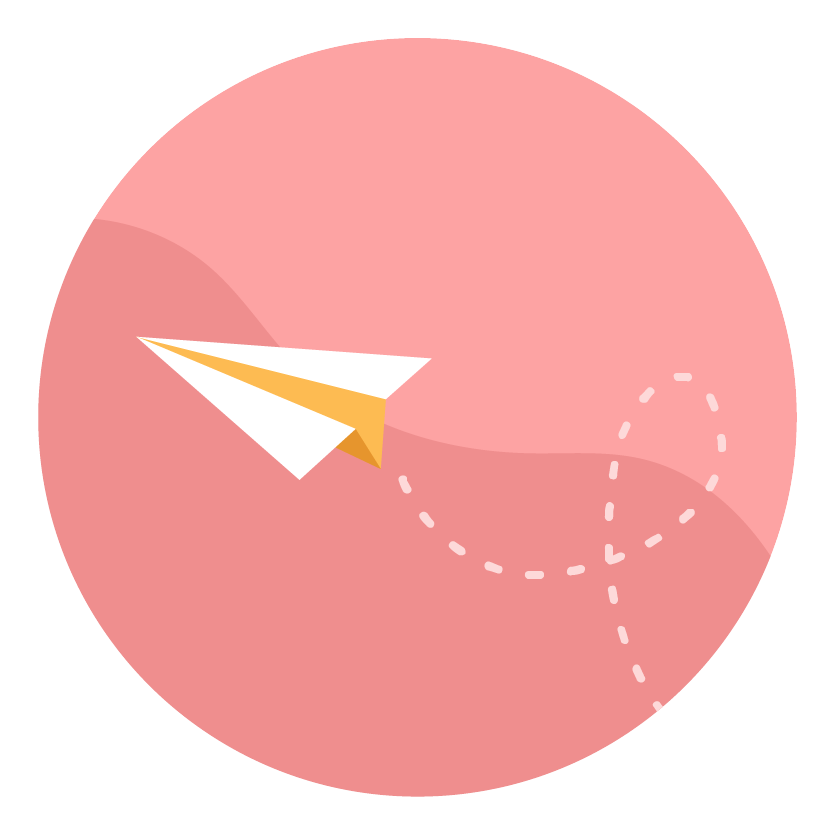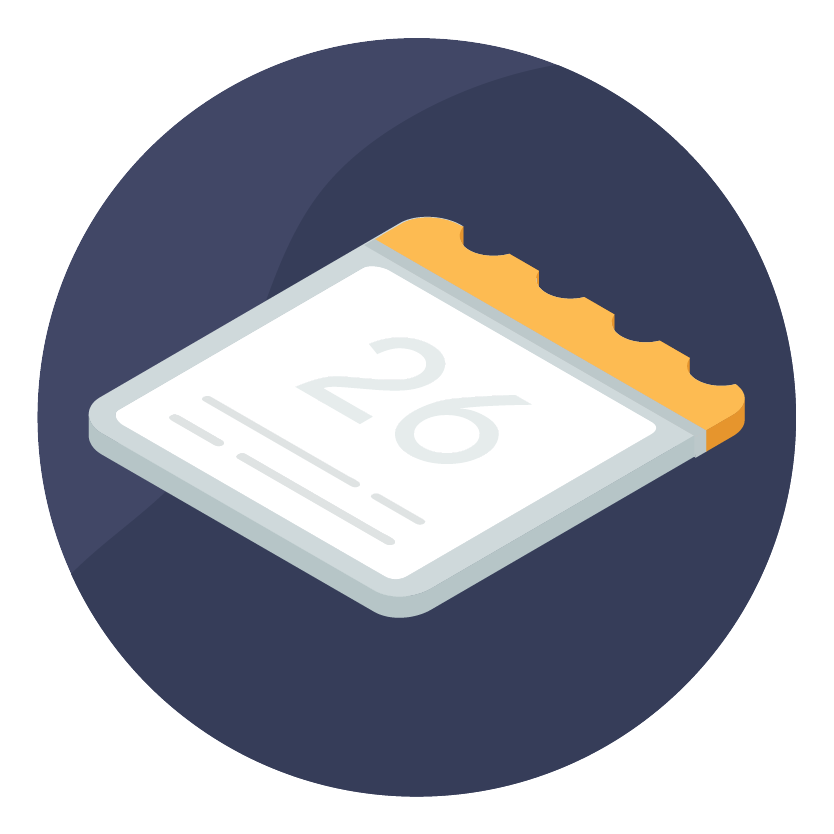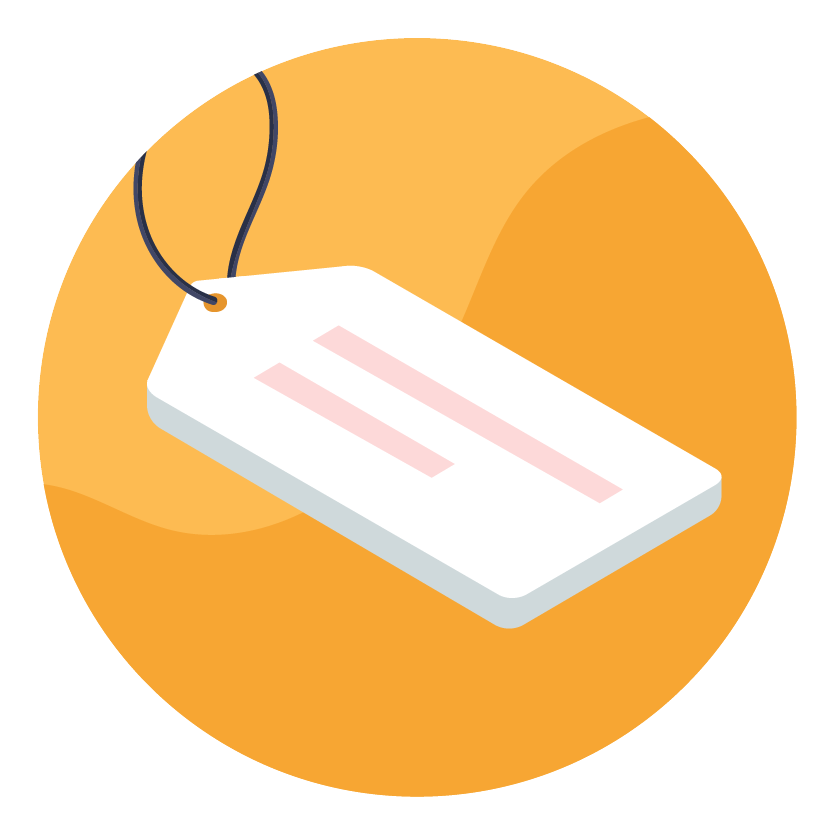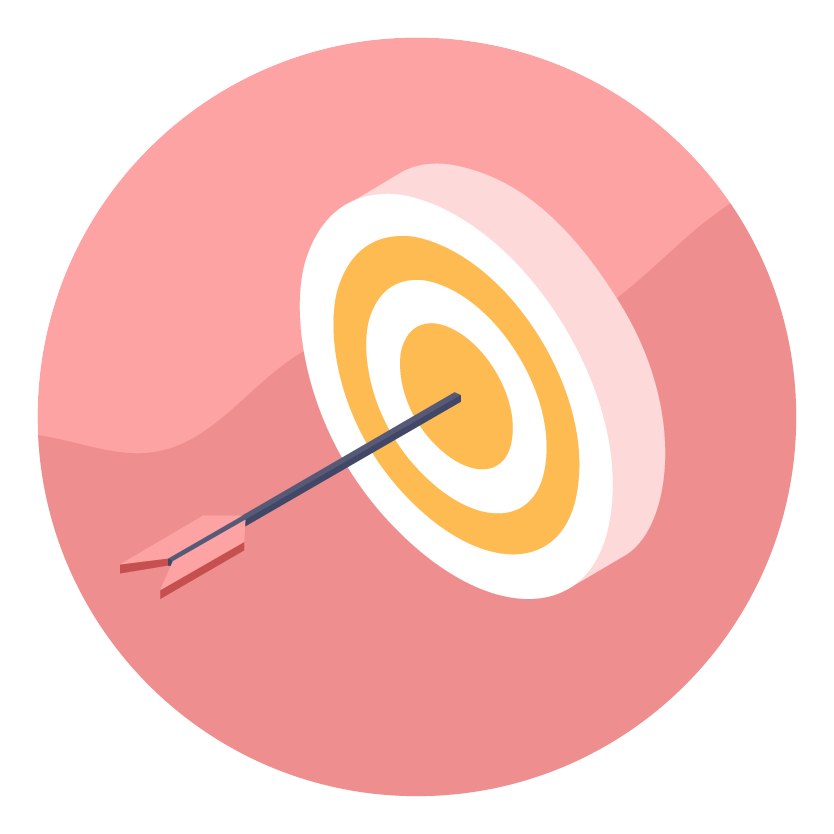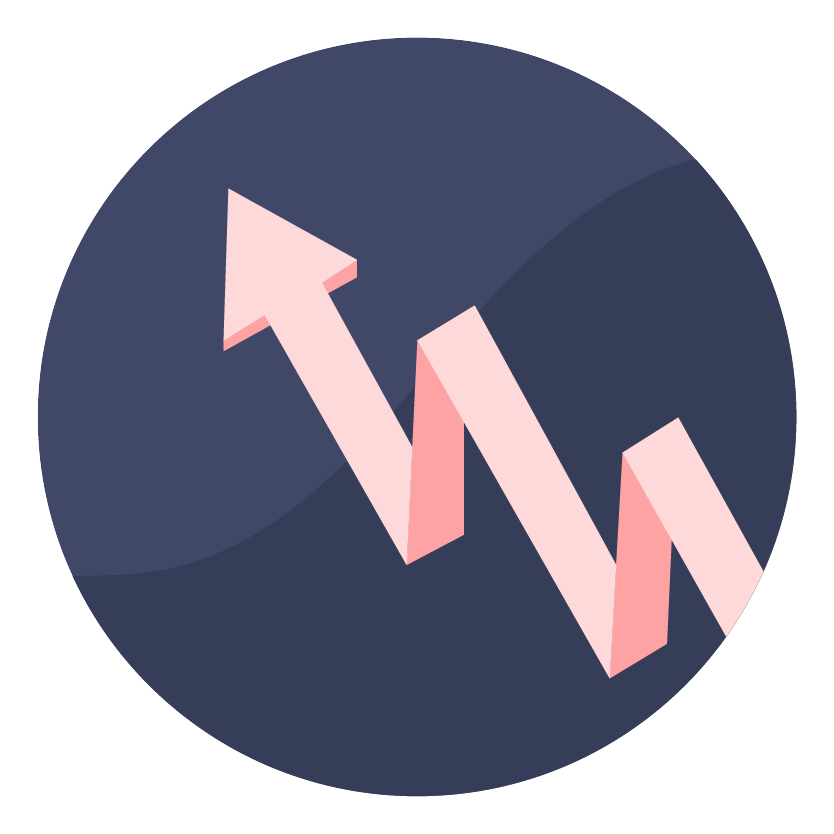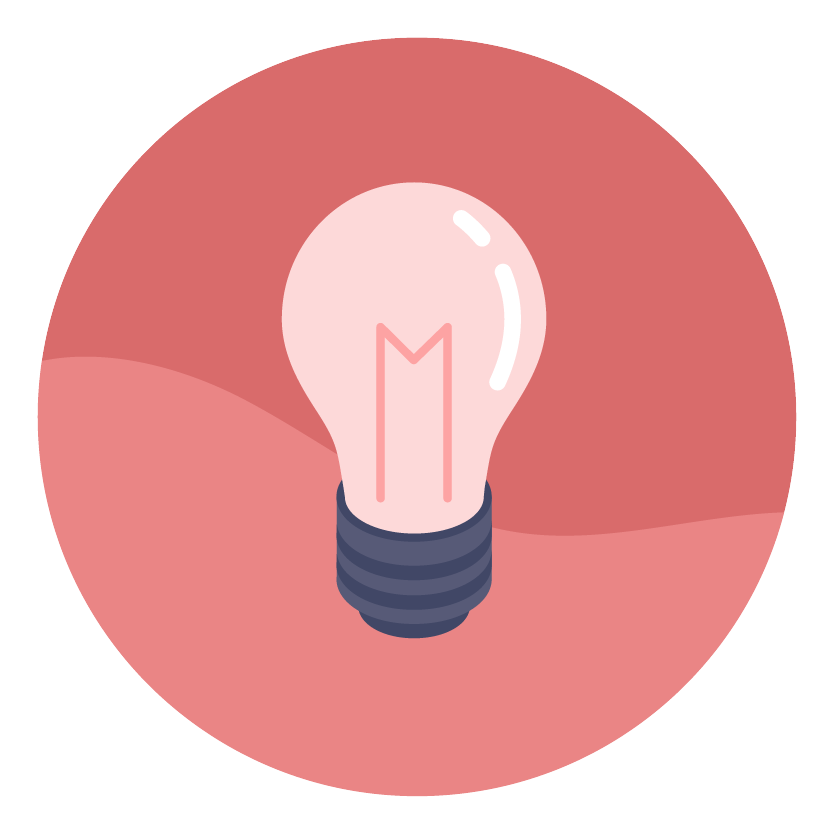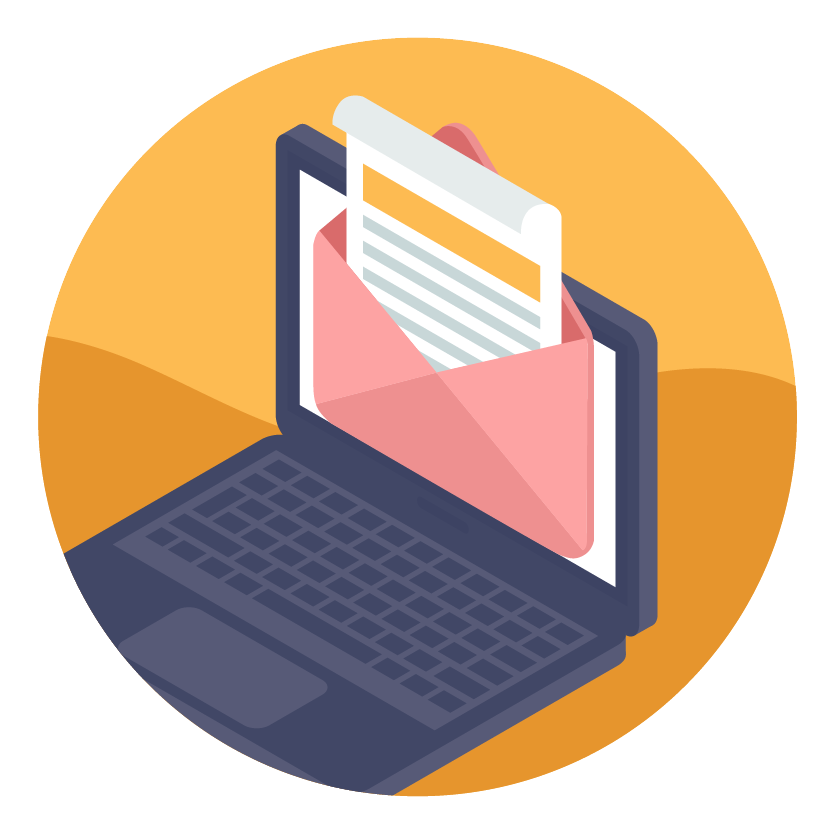What Is a Newsletter? The Ultimate Guide
A newsletter could be one of your most valuable and sustainable marketing tools.
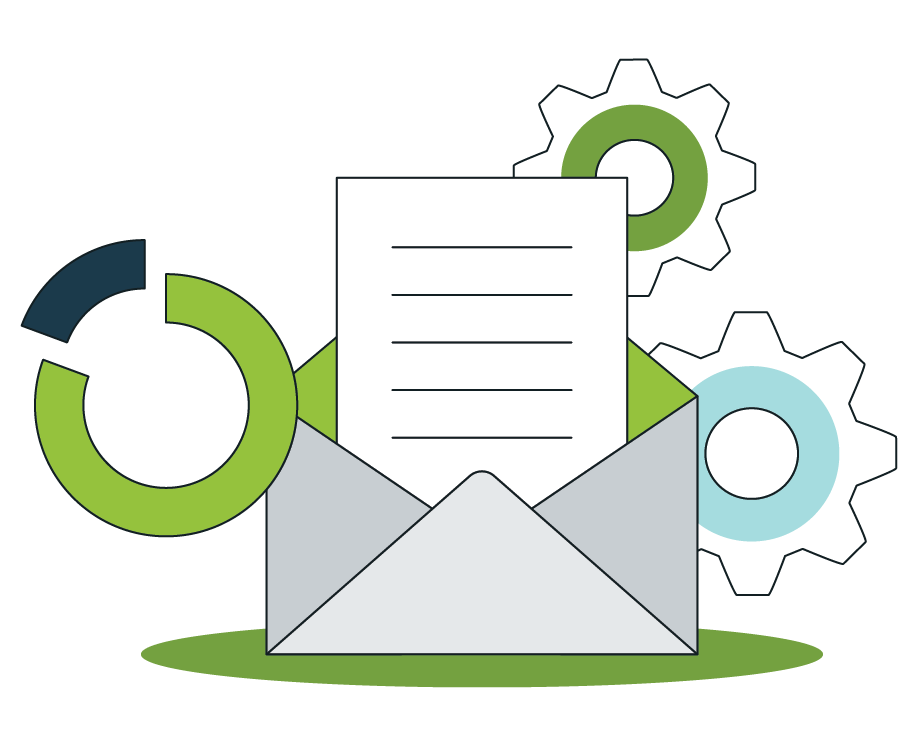
If your business doesn’t currently have an email newsletter, you should consider starting one. Backed by a strong strategy, email marketing campaigns can deliver stable return on investment (ROI) as well as other value-add benefits.
What is a Newsletter?
A newsletter is a tool used by businesses and organizations to share relevant and valuable information with their network of customers, prospects and subscribers. Newsletters give you direct access to your audience’s inbox, allowing you to share engaging content, promote sales and drive traffic to your website.
Additionally, email campaigns are also easy to measure, which means you can track your progress and make meaningful adjustments that lead to more wins.
Table of Contents
1. Newsletter Best Practices
Newsletters are a cornerstone of any email marketing strategy. Enterprises and small businesses alike can gain extremely valuable benefits from developing a monthly newsletter. To maximize your results, you need to ensure that your newsletter is tailored to reach targeted recipients.
Three Pillars of a Great Newsletter: Design, Content and Value
Every great newsletter starts with design. Without a sleek, responsive design strategy, it won’t matter how great and compelling the content is. Your newsletter should be easy to navigate and have clear calls to action that drive readers back to your website where they can engage with your conversion landing pages. Key elements of an eye-catching newsletter include:
- Headers: Like the glossy pages of a magazine, your newsletter should have a masthead that reflects your branding and encourages your audience to keep reading.
- Logos: Your brand logo should set the tone of the color scheme and remind readers who is responsible for valuable content in their inbox.
- Imagery: Depending on your brand, your newsletters should contain either vibrant photos, vivid illustrations or a combination of the two.
- Content layout: Using headers and subheadings will ensure that readers can easily navigate the newsletter and understand the content at a glance.
- Personalized content: When possible, include personalization elements such, as addressing the newsletter to each subscriber by name. You’ll need to connect your customer relationship management (CRM) data to make that possible.
The content within your newsletter should be highly relevant to your audience and it should provide immediate value. That means the content needs to help your readers in some way, whether that’s by keeping them informed on the latest industry trends and news or by providing tips and insights on a specific topic.
Building a Strong Subscriber List
Every reader you add to your subscriber list is a new opportunity to convert a lead into a paying customer. After building the newsletter itself, developing a strategy to gain subscribers is the next most important aspect of your strategy to consider. Here are some tactics you can use to start growing your newsletter subscriber list today:
- Use image-based calls-to-action: Adding eye-catching CTAs to your blog posts will encourage visitors to sign up for your list. Use images and action-oriented language to catch the attention of blog readers.
- Ask for email addresses upon checkout: People who purchase your products today are more likely to buy from you in the future compared to brand new leads. Get the email addresses of your customers to send them receipts, updates and newsletters.
- Use trial periods: Many software-as-a-service (SaaS) businesses utilize trial periods to convince potential customers to make a full purchase. Include a newsletter opt-in when visitors sign up for the free trial.
- Host or sponsor an event: Webinars, workshops and networking events are perfect platforms for building your subscriber base. Offer a freebie such as a high-value piece of content to encourage sign-ups.
- Update your email signature: If your salespeople regularly reach out to potential clients via email, you can score more subscribers by adding a small CTA to everyone’s email signature.
- Convert your social media followers: If someone follows you on social media, there’s a better chance that they’ll be interested in staying up to date with your brand via email. Promote the benefits of your newsletter — such as exclusive content — on a few social posts every month.
Ensuring Maximum Deliverability
Did you know that on average, 27.6% of emails sent to business addresses never actually reach the inbox? Between internet service provider (ISP) spam protocols, email service provider algorithms and individual account settings, commercial-intent emails face a kind of digital obstacle course to reach your audience. That means there’s a 1 in 4 chance that your emails aren’t being received by your audience.
To increase the deliverability of your messages, you need to follow some simple yet important steps:
- Build your reputation: If you’ve never sent marketing emails and then unleash a flood of messages to your subscribers, your ISP could flag your account as spam. Start slow and build trust.
- Keep your list clean: List hygiene is crucial to your success. Regularly sweep your lists for duplicate addresses, typos and accounts that bounce emails back to you.
- Give readers the option to leave: Under the CAN-SPAM act of 2003, you’re legally obligated to give readers the option to unsubscribe from your list at any time. That usually means placing an unsubscribe link in the footer of every email.
- Make your emails mobile friendly: The majority of emails are opened on mobile devices, so you need to make sure your newsletter templates display well on small screens. Html emails display well on mobile devices, but make sure your code is clean to avoid getting marked as spam.
- Outsource your email list management: Managing your email subscriber list can quickly become a full time job. As one of your most important marketing assets, you can’t afford to get labeled as spam by an ISP. List management, which includes removing defunct addresses, ensures maximum deliverability. Outsourcing this routine task can give you more time to focus on growing your business.
2. Monthly Newsletter
(Send Frequency Information)
How frequently should you send your newsletter? You don’t want to annoy your subscribers, but also want to keep them engaged. So what’s the best send frequency? A monthly newsletter is the most common cadence, as it’s not too frequent to bother your audience and it provides you with enough time to develop fresh content. However, some brands do see success with weekly or even daily email blasts.
Ultimately, it’s up to the nature of your business model and the preferences of your audience. If you’re not sure what the right cadence is for your brand, consider offering options. When readers sign up for your list, give them the choice to opt-in to daily, weekly or monthly emails. This also allows you to segment your audience based on interest level, giving you another way to fine-tune your messaging. Most email marketing platforms provide automation features to ensure your messages go out on time.
3. How to Create a Newsletter
The first step to creating an email newsletter is to determine your goals. Is your newsletter meant to convert customers or just keep your brand at top of mind? Then select a few metrics for how you’ll measure your success (more on that later).
With your goals determined, you’ll have a clear understanding of the type of content you should include. From there, you can build an email template that suits your branding. Use your brand colors, include your logo and make it easy to browse through the newsletter content. It’s best to work with a graphic designer and web developer at this stage so you know your newsletter will display properly when viewed on different devices.
When building your newsletter, there are many tools to help you create a template and deliver the final product to your subscribers. Examples of popular tools include:
- Mailchimp.
- Pardot.
- Marketo.
- ActiveCampaign.
- Campaign Monitor.
Check out our guide on creating an email newsletter that converts.
4. Naming Your Newsletter
What’s in a newsletter name? For starters, your newsletter title should give readers an immediate understanding of what it’s all about. Take Brafton’s newsletter for example, it’s called The Content Marketer. No mysteries there. You know exactly what you’re getting, and it can’t be confused with anything else.
While a clever name can be fun, it’s more important to be descriptive. You have a limited amount of time to convince your site visitors to sign up for your newsletter. A clever name might take too long to understand, and you could miss out on subscribers.
If your newsletter has a regular cadence, you might consider including that in the name. For instance, a “daily scoop” or “weekly pulse” makes it clear just how often readers can expect the newsletter to hit their inboxes. Make a list of your favorites and then ask your colleagues, friends and customers which title they like best. Getting feedback will help make your decision easier.
Naming your newsletter can be a challenge, so don’t worry if you’re feeling stuck. We have a resource of great newsletter names that will help inspire you to come up with an appealing newsletter name for your audience.
5. How to Write a Newsletter
If you’ve ever written content for the web, then you should have no problem writing articles for your newsletter. All the same rules apply. Your newsletter should have catchy headlines, engaging subheadings and easy-to-read paragraphs. Since most emails are read on mobile, you should use short paragraphs, bullet points and simple sentences.
Keep the actual text of your newsletters short. Remember, the idea is to drive traffic back to your website. Offer a preview in the newsletter body, then use a CTA to encourage your audience to continue reading on your website. The faster you can get readers out of their inbox, the less you’ll have to compete with all of the other emails competing for their attention.
Need more information? Our popular post on how to write a newsletter will take you from blank page to fully fleshed out asset.
6. How to Use a Newsletter
to Drive Marketing and
Business Goals
Marketing newsletters usually sit somewhere in the middle of the sales funnel. Subscribers have already shown interest in your brand, and they may or may not have already made a purchase. As a mid-funnel tool, newsletters drive traffic back to your No. 1 marketing tool: your website.
If your goal is to convert more site visitors into paying customers, then your newsletter should help readers get to your conversion landing pages. For example, if you designed your newsletter as a roundup of all your best blogs, the click flow would look something like this:
- The reader opens your newsletter.
- The reader clicks on a link to a blog.
- The reader clicks on a CTA within the blog and goes to a conversion page.
- The reader converts to a paying customer or visits another page.
Keep the sales funnel in mind whenever you create newsletter content. Ask yourself how the newsletter aids the buyer’s journey. If your content is driving readers to your site, you’ve won half the battle. From there, your content marketing strategy can take over and keep things moving.
7. Tracking the
Performance of a
Newsletter Campaign
Measuring your newsletter campaigns will help you make adjustments that maximize your ROI. Here’s what you should be tracking:
- Bounce rate: The percentage of emails that don’t make it to the reader’s inbox. A high bounce rate could get your account flagged as spam.
- Delivery rate: The opposite of the bounce rate, this is the percentage of emails that are successfully delivered to your readers’ inboxes.
- List growth: The rate of new subscribers, minus unsubscriptions and dead email accounts. List growth can translate to business growth.
- Open rate: The share of emails that are opened. This metric indicates how well your subject lines are written and which topics are of most interest to your subscribers.
- Click-through rate: The percentage of readers who click from the newsletter to your website. This metric is highly important to your sales goals.
Learn more about how to calculate the cost of email marketing in our comprehensive guide.
8. Newsletter Ideas
A newsletter can initially seem like a big obligation, and you might worry about running out of quality content to deliver every month. However, once the idea train gets rolling, it gets easier to keep up the momentum. Here are some things to consider:
- Blog roundups: Share your top-performing articles from the month with a preview of each article.
- Industry news: Gather relevant news stories from around the web to share with your audience.
- Customer stories: Encourage readers to share their stories and testimonials to be featured in your newsletter. You can also include more formal case studies.
- Promotions: Offer exclusive savings and deals to your subscribers before the promotions go public.
Need more inspiration? We’ve scoured the internet for some of the most clever newsletter ideas that are sure to impress your audience.
9. Best of Breed
Newsletter Examples
Learning from the best will help you succeed with your own newsletter. The best company newsletters inspire their readers and lead to more conversion opportunities. However, there’s not one single approach that works for everyone. Looking through various newsletter examples will give you ideas for how best to engage your audience:
Here’s a quick list of some of our favorites from around the web:
- The Hustle: This daily email newsletter gives tech aficionados the top stories of the day. It’s a great example of a simple newsletter that offers a big impact.
- Moz: We’ve been big fans of Moz for a while now. The Moz Top 10 is a semimonthly newsletter sharing the 10 most valuable articles on SEO and digital marketing. It offers immediate value and doesn’t clog up your inbox.
- NYTimes: The Morning Briefing from the New York Times is one of the most popular daily newsletters. It offers quick reads to help subscribers stay up to date on current events over their morning coffee or on their daily commute.
- Brafton: We have to boast a little bit, right? Our newsletter, The Content Marketer, adheres to all of the best practices discussed here. We share high-value content with amazing custom imagery and eye-catching CTAs. If you want to see all of the lessons described here in action, you won’t regret subscribing to our newsletter.
Start Creating an Amazing Newsletter Today
Newsletters are an essential tool for converting new leads into paying customers. By sending your audience targeted, valuable content, you can earn their trust and keep them coming back to your website.
Expert content writers develop high-quality newsletter content based on subscriber personas, demographic information and deep knowledge of the buyer’s journey. Whether you’re focused on nurturing leads or turning first-time customers into loyal fans, Brafton’s newsletter writing services can help you achieve your goals.
With Brafton on your side, you’ll have a solid strategy and all the content you need to amplify your brand and grow your business.
Beyond the writing process, Brafton’s strategists and project managers help enterprises and small businesses compile and segment subscriber lists, measure your campaigns and adjust your strategy to maximize ROI. Our full-service newsletter management services can take your email campaigns to the next level.
The Content Marketer
Get the latest content marketing updates delivered directly to your inbox with our weekly newsletter.
